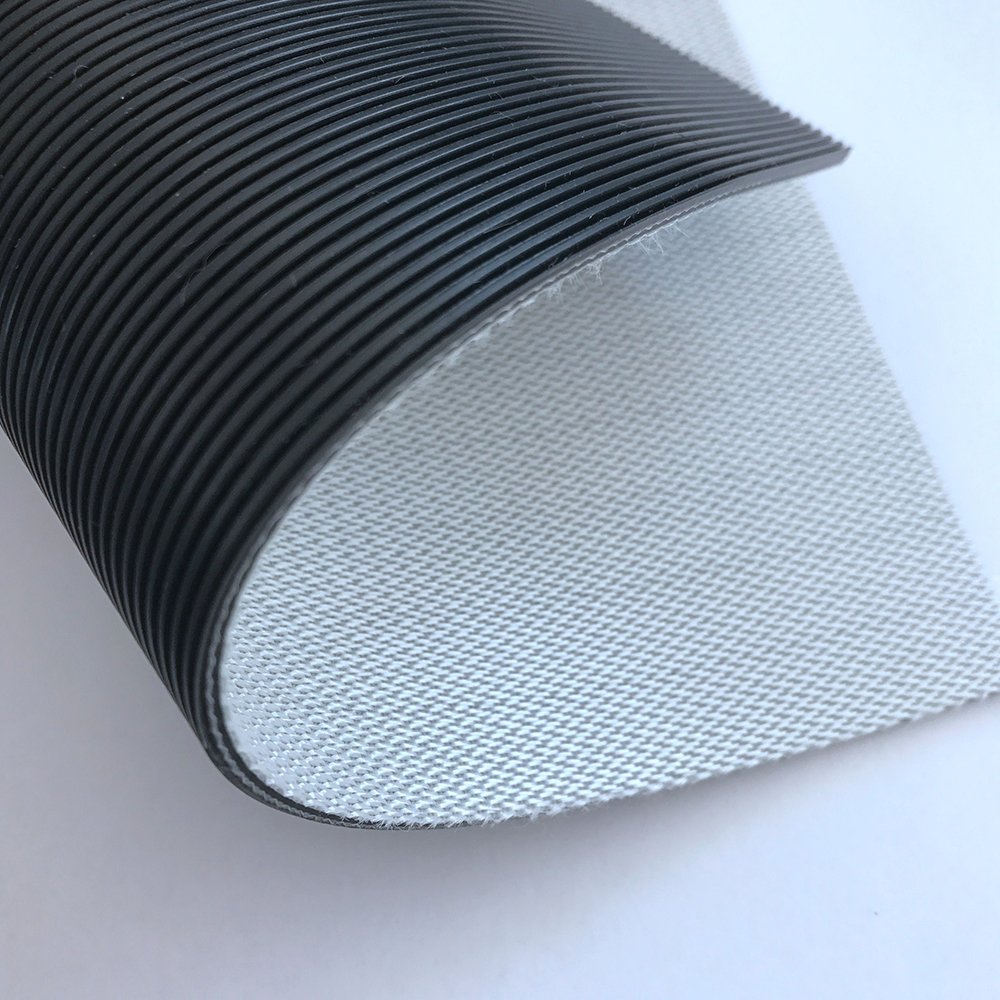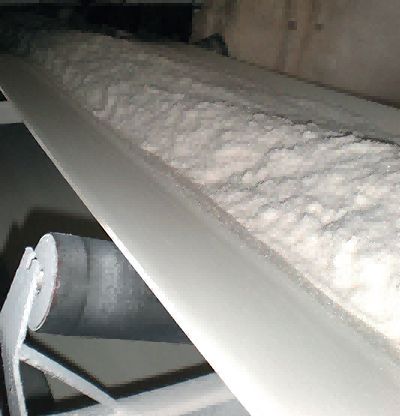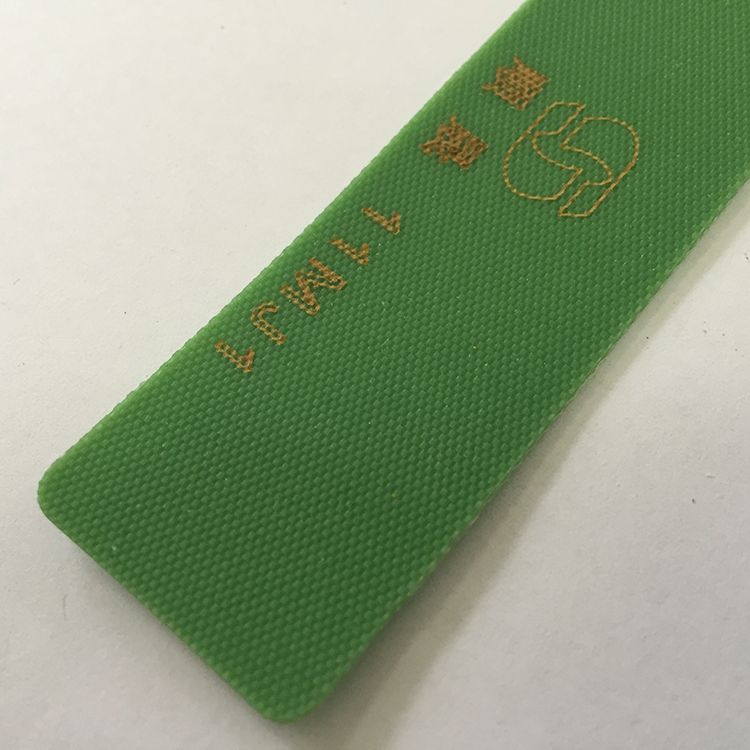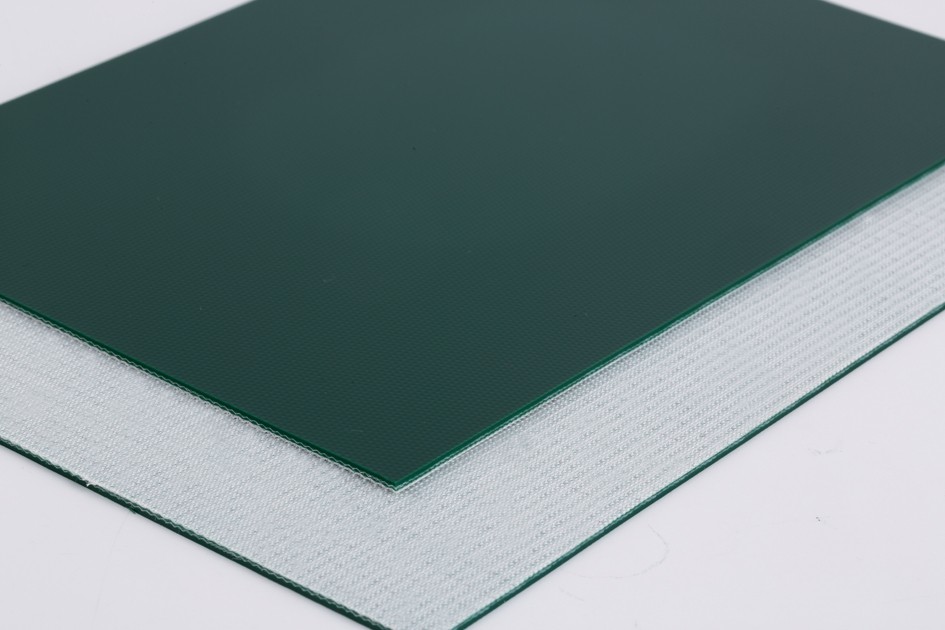Introduction
Selecting the right PVK belt supplier is a crucial decision for any business or industry that relies on conveyor systems. These belts play a pivotal role in various applications, from manufacturing to logistics, and choosing the wrong supplier can lead to costly downtime and inefficiencies. In this guide, we will explore the steps to ensure you make the right choice.

Understanding Your Industry and Application Needs
- Assessing the Unique Requirements of Your Industry
Before you start looking for a PVK belt supplier, it’s essential to understand the specific requirements of your industry. PVK belts are used in diverse sectors, including food processing, automotive, packaging, and more. Each industry has its own set of challenges and demands that must be addressed by the chosen PVK belt supplier.
Overview of Various Industries
Begin by identifying which industries have similar needs to yours. This will help you narrow down your search for potential PVK belt suppliers.
Identifying Specific Challenges and Demands
Within your industry, there may be unique challenges or demands that affect the choice of PVK belt. For example, the food processing industry may require belts with exceptional hygiene and FDA compliance, while the automotive industry may prioritize durability and resistance to oil and grease.
- Defining the Application Requirements
Once you’ve identified your industry’s overarching needs, it’s time to dive into the specifics of your application. PVK belts serve a wide range of purposes, from conveying heavy loads to delicate products. To choose the right supplier, you need to pinpoint the critical performance criteria for your application.
Highlighting Different Applications for PVK Belts
PVK belts can be used in various applications, such as assembly lines, packaging, baggage handling, and more. Knowing which application applies to your business is vital in selecting the right PVK belt supplier.
Determining the Critical Performance Criteria
Consider the key factors that impact your PVK belt’s performance, including load capacity, speed, wear resistance, and environmental conditions. Make a list of these criteria to help you evaluate potential suppliers later in the process.
Researching Potential PVK Belt Suppliers
With a clear understanding of your industry and application needs, you can start building a list of potential PVK belt suppliers. This phase involves extensive research and due diligence to identify reputable companies that can meet your requirements.
- Identifying a List of Potential Suppliers
Industry-Specific Directories or Associations
Many industries have directories or associations that can provide a list of approved or trusted PVK belt suppliers. Check if your industry has such resources.
Online Research and Reviews
Utilize online resources, including search engines, industry forums, and social media, to find potential PVK belt suppliers. Pay attention to reviews and ratings from other customers to get insights into their reputation and performance.
- Evaluating Supplier Credentials
Once you have a list of potential PVK belt suppliers, it’s time to assess their credentials and qualifications. Here are key factors to consider:
Company History and Reputation
Research the history of each supplier. How long have they been in business, and what is their reputation in the industry? Companies with a long-standing track record often have a proven commitment to quality.
Certifications and Quality Standards
Check if the PVK belt supplier holds relevant certifications and adheres to industry-specific quality standards. ISO certifications, for example, are a good indicator of a company’s commitment to quality management.
Experience with Similar Industries or Applications
Explore whether the PVK belt supplier has experience serving industries or applications similar to yours. This can be a significant advantage as they are more likely to understand your unique needs.
Assessing Product Quality and Performance
The quality and performance of PVK belts are of paramount importance, as they directly impact your operational efficiency and reliability. To make an informed decision, you need to delve into the specifics of the products offered by potential suppliers.
- Understanding PVK Belt Specifications
Material Composition
Different PVK belts may have varying material compositions. Understanding the materials used in the belts is essential, as it affects factors like flexibility, durability, and resistance to chemicals.
Dimensions and Tolerances
Ensure that the belts’ dimensions and tolerances align with your application’s requirements. Any deviations can lead to operational issues and potential damage.
- Requesting Product Samples or Data Sheets
To get a firsthand look at the product quality, consider requesting samples from potential PVK belt suppliers. Alternatively, ask for detailed data sheets that provide specifications, performance data, and certifications.
- Analyzing Product Testing and Quality Control Measures
Inquire about the supplier’s product testing and quality control processes. Reputable PVK belt suppliers will conduct rigorous testing to ensure their products meet the specified standards and perform reliably.
Evaluating Customization and Lead Time
The ability to customize PVK belts to suit your specific needs and understanding the lead time for orders are critical factors in supplier selection.
- Inquiring About Customization Options
Tailored Belt Designs
Discuss customization options with each PVK belt supplier. Can they tailor the belt design to meet your unique requirements, such as size, shape, or special features?
Special Coatings or Features
In some cases, you may need belts with specialized coatings or features, such as high-temperature resistance or anti-static properties. Ensure that the PVK belt supplier can accommodate such requests.
- Determining Lead Times for Orders
Knowing the lead time for receiving your PVK belt orders is essential for planning your operations. Different suppliers may have varying lead times, so it’s crucial to clarify this information.
Standard Lead Times
Ask about the standard lead times for orders. This will give you an idea of how quickly you can expect to receive your belts under normal circumstances.
Expedited Options (If Available)
Inquire about expedited or rush-order options in case you have urgent needs. Some PVK belt suppliers may offer faster delivery for an additional fee.
Pricing and Cost Considerations
While quality and customization are vital, pricing and cost considerations are also crucial. Balancing quality with affordability is a key aspect of supplier selection.
- Obtaining Price Quotes from Multiple PVK belt suppliers
Request price quotes from each of the potential suppliers on your list. Be sure to provide them with detailed information about your requirements to ensure accurate quotes.
Assessing the Total Cost of Ownership
- Consider the total cost of ownership, which includes not only the initial purchase price but also ongoing expenses. Factors to include in your assessment are:
Maintenance and Replacement Costs
Evaluate the long-term maintenance and replacement costs associated with the PVK belts. Durable belts may require fewer replacements and repairs, saving you money in the long run.
Long-Term Durability and Reliability
Assess the expected lifespan and reliability of the PVK belts. High-quality belts may have a longer operational life, reducing the frequency of replacements.
Checking References and Past Projects
To gain confidence in your choice of PVK belt supplier, it’s essential to check their references and past projects.
- Requesting References from the Supplier
Ask each PVK belt supplier for references from previous customers who have similar industry or application needs. Contact these references to learn about their experiences with the supplier.
- Reviewing Case Studies or Success Stories
In addition to references, inquire if the PVK belt supplier has case studies or success stories related to PVK belt installations. These can provide insights into their ability to meet specific challenges.
- Analyzing Feedback and Testimonials
Read testimonials and feedback from other customers. Online reviews and testimonials can provide valuable information about a supplier’s performance and customer satisfaction levels.
Customer Support and Service
A supplier’s commitment to customer support and service can significantly impact your experience with their PVK belts.
- Evaluating the PVK belt supplier’s Customer Service Responsiveness
Consider how responsive and accessible the supplier’s customer service team is. Will they be readily available to address any issues or questions that may arise?
- Warranty and After-Sales Support
Inquire about the warranty offered on PVK belts. A strong warranty indicates the PVK belt supplier’s confidence in their product’s quality. Additionally, ask about the availability of after-sales support and technical assistance.
- Availability of Technical Assistance and Troubleshooting
Check if the supplier provides technical assistance and troubleshooting support. This can be invaluable in resolving any operational issues quickly and efficiently.
Making the Final Decision
After thorough research and evaluation, it’s time to make the final decision and select the most suitable PVK belt supplier for your industry or application.
- Weighing the Pros and Cons of Each Supplier
Create a list of the pros and cons of each potential PVK belt supplier based on the factors discussed in this guide. Consider which supplier aligns most closely with your industry and application needs.
- Considering the Alignment with Industry and Application Requirements
Review your industry and application requirements and compare them to what each supplier offers. Choose the supplier that best aligns with your specific needs.
Conclusion
In conclusion, choosing the right PVK belt supplier for your industry or application involves a comprehensive evaluation process. By understanding your industry and application needs, researching potential PVK belt suppliers, assessing product quality and customization options, considering pricing and cost factors, checking references, and evaluating customer support, you can make an informed decision that will positively impact your operations.
Remember that the choice of PVK belt supplier is a long-term commitment, so investing time and effort in the selection process is essential. By following the steps outlined in this guide, you can confidently choose a supplier that not only meets your immediate needs but also contributes to the long-term success of your business or industry.





